Home>Furniture & Design>Outdoor Furniture>How To Remove Mold From Outdoor Wood Furniture
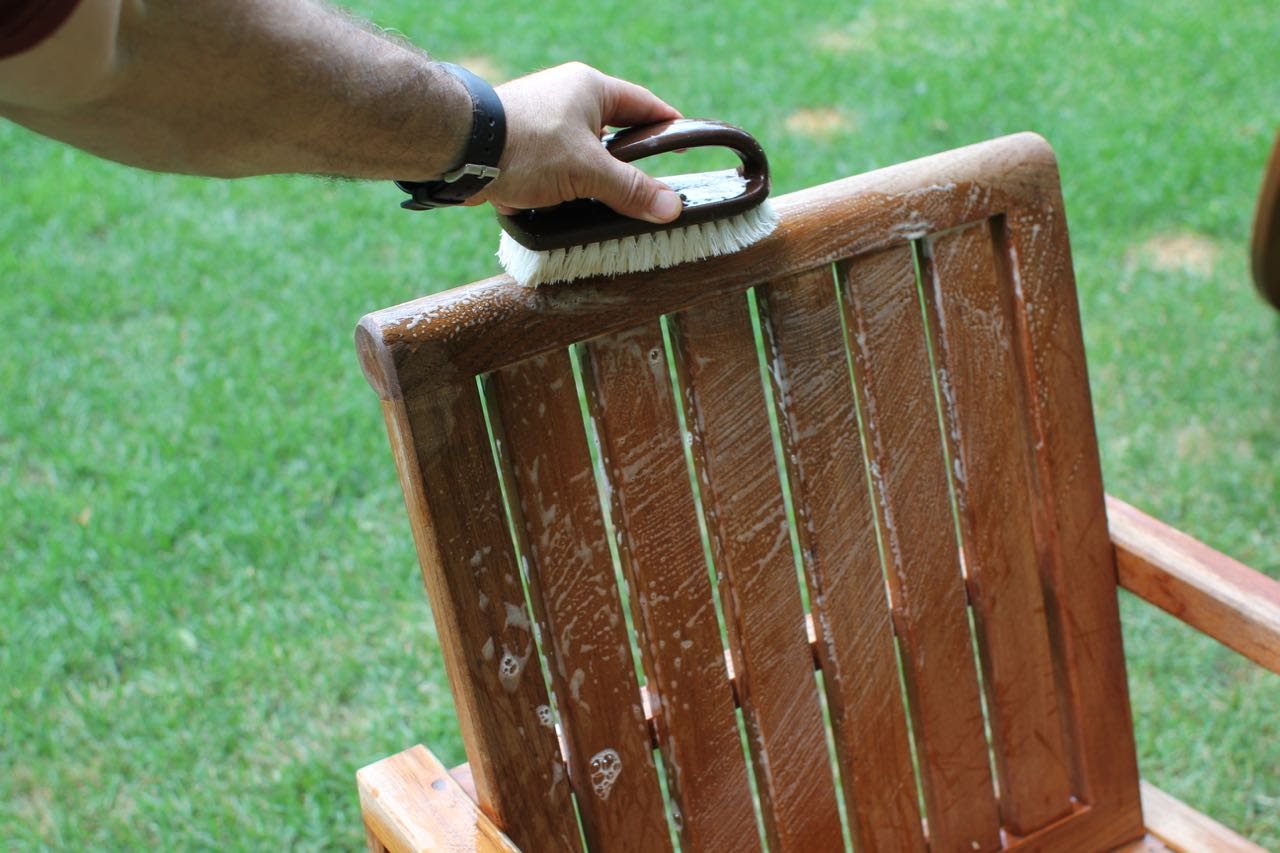

Outdoor Furniture
How To Remove Mold From Outdoor Wood Furniture
Modified: February 17, 2024
Learn how to effectively remove mold from your outdoor wood furniture with our expert tips and techniques. Keep your outdoor furniture looking great and mold-free.
(Many of the links in this article redirect to a specific reviewed product. Your purchase of these products through affiliate links helps to generate commission for Storables.com, at no extra cost. Learn more)
Introduction
Welcome to the guide on effectively removing mold from your outdoor wood furniture. While outdoor furniture adds charm and functionality to your outdoor spaces, it is susceptible to mold growth due to exposure to the elements. Whether it's your favorite wooden bench, patio table, or Adirondack chairs, keeping them free from mold not only enhances their aesthetics but also prolongs their lifespan.
Mold growth on outdoor wood furniture is a common issue, especially in humid and damp environments. The presence of mold not only diminishes the visual appeal of your furniture but can also pose health risks to you and your loved ones. In this comprehensive guide, we will delve into the various aspects of mold on outdoor wood furniture, including understanding the causes of mold growth, the materials needed for effective removal, methods for removing mold, and preventive measures to inhibit future mold growth.
By the end of this guide, you will be equipped with the knowledge and practical solutions to tackle mold on your outdoor wood furniture effectively. So, let's dive in and discover the best ways to restore the beauty and functionality of your outdoor wooden furniture while ensuring a healthy and inviting outdoor living space.
Key Takeaways:
- Say goodbye to mold on your outdoor wood furniture by using simple ingredients like vinegar, lemon juice, and baking soda. Protect your furniture and create a healthy outdoor space for relaxation and enjoyment.
- Keep your outdoor wood furniture mold-free by cleaning regularly, promoting air circulation, and using protective covers. With the right care, your furniture will stay beautiful and inviting for years to come.
Understanding Mold on Outdoor Wood Furniture
Mold is a type of fungus that thrives in damp, humid, and poorly ventilated environments. When it comes to outdoor wood furniture, mold can develop on the surface when moisture, warmth, and organic matter are present. The porous nature of wood makes it particularly vulnerable to mold growth, as it provides an ideal surface for mold spores to settle and proliferate.
Exposure to rain, dew, or high humidity levels can create the perfect conditions for mold to take hold on outdoor wood furniture. Additionally, if the furniture is located in shaded areas or under tree canopies, it may receive less sunlight, further promoting mold growth. Moreover, the accumulation of dirt, pollen, and other organic debris on the furniture’s surface can provide nutrients for mold, exacerbating the issue.
When mold begins to colonize on outdoor wood furniture, it often appears as black, green, or grayish patches. In addition to being unsightly, mold can cause wood to deteriorate over time if left unchecked. Furthermore, exposure to mold spores can trigger allergic reactions and respiratory issues in sensitive individuals, making it essential to address mold growth promptly.
Understanding the environmental factors that contribute to mold growth on outdoor wood furniture is crucial for implementing effective prevention and removal strategies. By recognizing the conditions that promote mold development, you can take proactive measures to protect your outdoor furniture and create a healthier outdoor living environment for you and your family.
Materials Needed for Removing Mold
Before embarking on the task of removing mold from your outdoor wood furniture, it’s essential to gather the necessary materials to ensure a thorough and effective cleaning process. Here are the key items you will need:
- Protective Gear: To safeguard yourself during the cleaning process, it’s advisable to wear protective gear, including gloves, a mask, and safety goggles. These items will shield you from direct contact with mold spores and cleaning solutions.
- Mild Detergent: A gentle, non-ammonia-based detergent or dish soap will serve as the foundation of your cleaning solution. Opt for a mild formula to avoid damaging the wood while effectively removing mold and grime.
- Bucket: Use a sturdy bucket to mix your cleaning solution. This will provide a convenient and portable vessel for carrying and applying the solution to the affected areas of the furniture.
- Soft-Bristled Brush: Select a soft-bristled brush, such as a nylon or natural bristle brush, to scrub the mold from the wood. Avoid abrasive brushes or steel wool, as they can cause damage to the furniture’s surface.
- Vinegar: White vinegar is a natural and effective mold remover. Its acidic properties make it an excellent choice for combating mold while being safe for the environment.
- Baking Soda: Baking soda, when combined with water, forms a mild abrasive paste that can help lift mold stains from the wood’s surface. This natural and non-toxic option is ideal for stubborn mold patches.
- Hydrogen Peroxide: Hydrogen peroxide is a potent mold killer that can penetrate porous surfaces. It’s particularly useful for eliminating mold stains and inhibiting regrowth.
- Lemon Juice: The citric acid in lemon juice not only aids in mold removal but also imparts a fresh, clean scent to the furniture. It serves as a natural alternative to chemical-based cleaners.
- Clean Cloths: Have a supply of clean, lint-free cloths or microfiber towels on hand for wiping and drying the furniture after cleaning. These will help prevent streaking and ensure a polished finish.
- Sealant or Protective Finish: Depending on the type of wood, consider applying a sealant or protective finish after cleaning to safeguard the furniture against future mold growth and environmental damage.
By assembling these essential materials, you will be well-prepared to tackle the task of removing mold from your outdoor wood furniture effectively and safely. With the right tools at your disposal, you can restore the natural beauty of your furniture and create an inviting outdoor space for relaxation and enjoyment.
To remove mold from outdoor wood furniture, mix equal parts white vinegar and water in a spray bottle. Spray the affected areas, let it sit for 15 minutes, then scrub with a brush. Rinse with water and let it dry completely in the sun.
Methods for Removing Mold
When it comes to removing mold from outdoor wood furniture, employing the right methods is essential for achieving optimal results without causing harm to the wood. Here are effective techniques to eradicate mold and restore the pristine condition of your outdoor furniture:
- Preparation: Begin by preparing the cleaning solution. Mix a solution of warm water and mild detergent in a bucket. For a natural alternative, combine equal parts of white vinegar and water. For stubborn mold patches, create a paste using baking soda and water.
- Protective Gear: Prior to initiating the cleaning process, don protective gear, including gloves, a mask, and safety goggles, to shield yourself from mold spores and cleaning solutions.
- Spot Testing: Before applying the cleaning solution to the entire furniture piece, conduct a spot test on a small, inconspicuous area to ensure that the solution does not cause discoloration or damage to the wood.
- Scrubbing: Dip a soft-bristled brush or a clean cloth into the cleaning solution and gently scrub the mold-affected areas. Use circular motions to lift the mold from the wood’s surface. For stubborn mold patches, apply the baking soda paste and allow it to sit for a few minutes before scrubbing.
- Rinsing: Thoroughly rinse the furniture with clean water to remove the cleaning solution and any loosened mold residue. Ensure that all traces of the cleaning solution are effectively removed from the wood.
- Drying: After rinsing, use clean, dry cloths or towels to dry the furniture completely. Proper drying is crucial for preventing moisture accumulation, which can contribute to future mold growth.
- Hydrogen Peroxide Application: For persistent mold stains, apply hydrogen peroxide directly to the affected areas and allow it to sit for 10-15 minutes before scrubbing and rinsing. This potent mold killer can effectively eliminate stubborn mold patches.
- Lemon Juice Treatment: To impart a fresh scent and enhance the cleaning process, apply lemon juice to the wood surface and allow it to sit for a few minutes before rinsing. The natural acidity of lemon juice aids in mold removal and leaves a pleasant fragrance.
- Sealant Application: Once the furniture is thoroughly cleaned and dried, consider applying a sealant or protective finish suitable for outdoor wood. This additional layer of protection can help safeguard the furniture against future mold growth and environmental damage.
By following these methods, you can effectively remove mold from your outdoor wood furniture while preserving its natural beauty and integrity. Implementing these techniques will not only restore the visual appeal of your furniture but also contribute to creating a healthier outdoor living environment.
Preventing Mold Growth on Outdoor Wood Furniture
Prevention is key to maintaining the pristine condition of your outdoor wood furniture and mitigating the risk of mold growth. By implementing proactive measures, you can create an environment that discourages mold development and preserves the beauty and longevity of your furniture. Here are effective strategies for preventing mold growth on outdoor wood furniture:
- Regular Cleaning: Establish a routine for cleaning your outdoor wood furniture to remove dirt, pollen, and other organic debris that can contribute to mold growth. Use a mild detergent and water solution to gently clean the furniture’s surface, and ensure thorough drying after cleaning.
- Promote Air Circulation: Position your outdoor furniture in areas that receive adequate sunlight and airflow. Good air circulation helps prevent moisture buildup, making it less conducive for mold to thrive.
- Use Protective Covers: When your outdoor furniture is not in use, consider covering it with protective, breathable covers specifically designed for outdoor furniture. These covers can shield the furniture from moisture and debris, reducing the likelihood of mold growth.
- Apply Protective Finish: Consider applying a sealant or protective finish designed for outdoor wood furniture. This additional layer of protection can help repel moisture and inhibit mold growth while safeguarding the wood from environmental elements.
- Regular Inspections: Periodically inspect your outdoor wood furniture for signs of mold or mildew. Promptly address any emerging issues to prevent the spread of mold and minimize the effort required for cleaning and restoration.
- Elevate Furniture: If possible, elevate your outdoor wood furniture slightly off the ground by using furniture pads or risers. This elevation can help prevent moisture absorption from the ground, reducing the risk of mold growth.
- Remove Stagnant Water: Regularly check and remove any stagnant water or moisture accumulation around your outdoor furniture. Addressing potential sources of moisture can significantly reduce the conditions favorable for mold development.
- Seasonal Maintenance: Prior to the onset of wet seasons or periods of high humidity, conduct thorough cleaning and inspection of your outdoor wood furniture. Applying protective measures before challenging weather conditions can help fortify your furniture against mold growth.
By integrating these preventive measures into your outdoor furniture care routine, you can proactively combat mold growth and preserve the beauty and functionality of your outdoor wood furniture. These strategies not only contribute to the longevity of your furniture but also ensure a welcoming and mold-free outdoor living space for relaxation and entertainment.
Conclusion
As an outdoor furniture enthusiast, you understand the significance of maintaining the allure and durability of your outdoor wood furniture. Mold growth on outdoor wood furniture not only detracts from its aesthetic appeal but also poses potential health hazards. By gaining insights into the causes of mold growth, acquiring the necessary materials for removal, and implementing effective methods, you can restore your outdoor furniture to its pristine condition.
Through the use of mild detergents, natural cleaning agents like vinegar and lemon juice, and protective finishes, you can effectively combat mold while preserving the integrity of the wood. Additionally, proactive measures such as regular cleaning, promoting air circulation, and utilizing protective covers can prevent mold growth and prolong the lifespan of your outdoor wood furniture.
By embracing these strategies and methods, you can create an inviting and mold-free outdoor living space that beckons you to unwind and relish the beauty of nature. The proactive approach to mold prevention and removal not only ensures the longevity of your outdoor wood furniture but also contributes to a healthier and more enjoyable outdoor environment for you and your loved ones.
Armed with the knowledge and practical solutions provided in this guide, you are well-equipped to tackle mold growth on your outdoor wood furniture with confidence and efficacy. By nurturing and preserving your outdoor furniture, you can continue to create cherished memories and moments in the comfort of your outdoor oasis.
Here’s to a mold-free and captivating outdoor living experience!
Frequently Asked Questions about How To Remove Mold From Outdoor Wood Furniture
Was this page helpful?
At Storables.com, we guarantee accurate and reliable information. Our content, validated by Expert Board Contributors, is crafted following stringent Editorial Policies. We're committed to providing you with well-researched, expert-backed insights for all your informational needs.
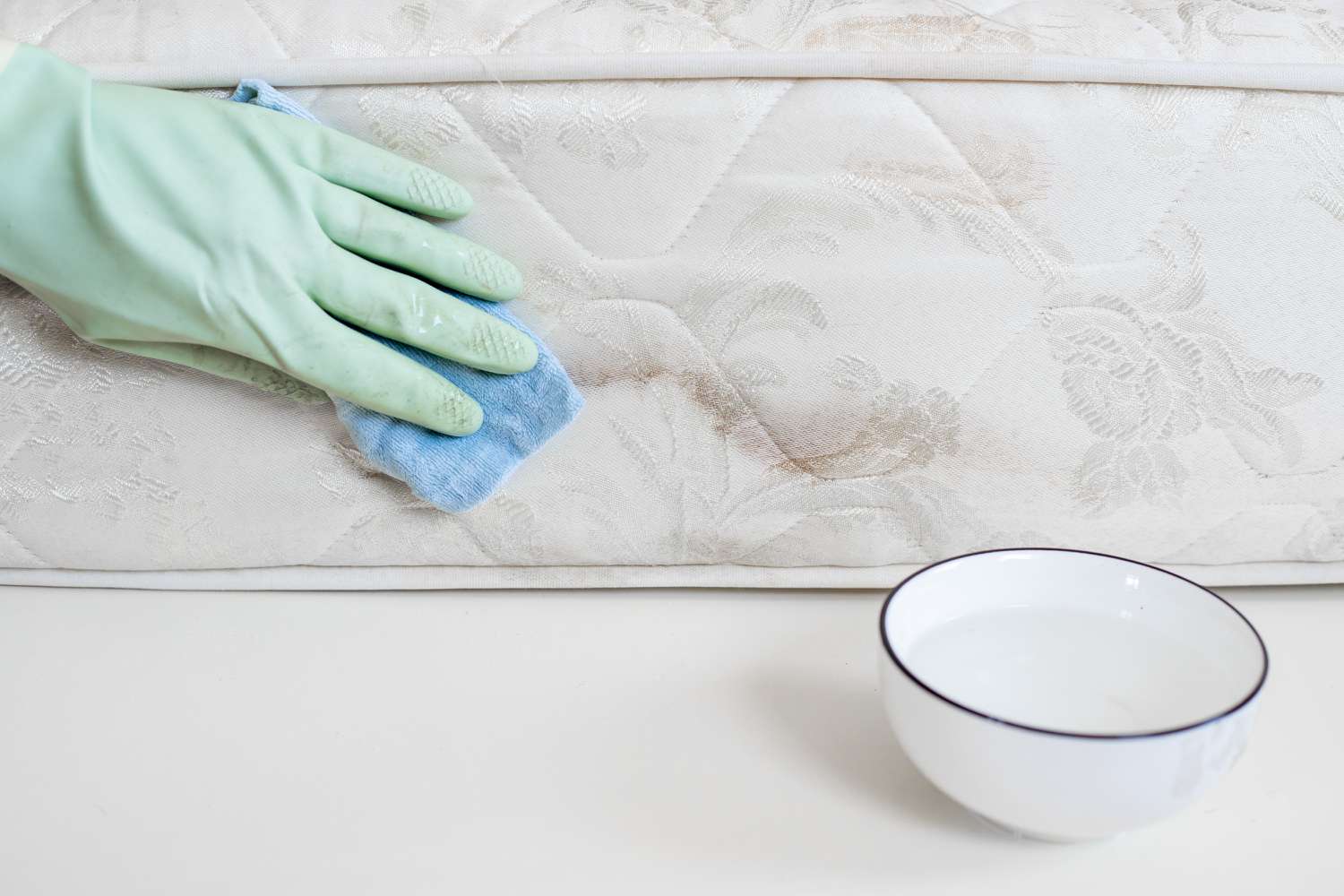
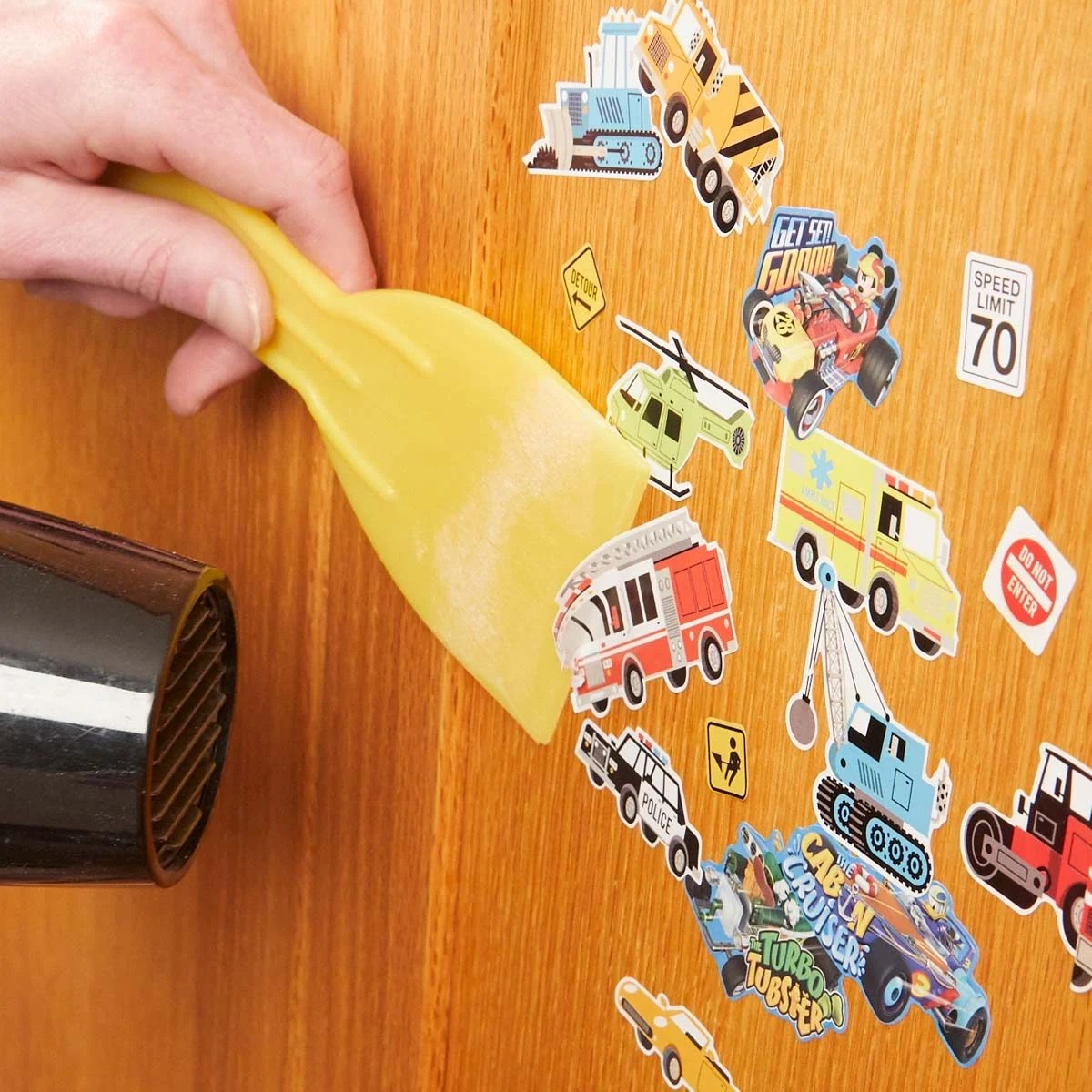
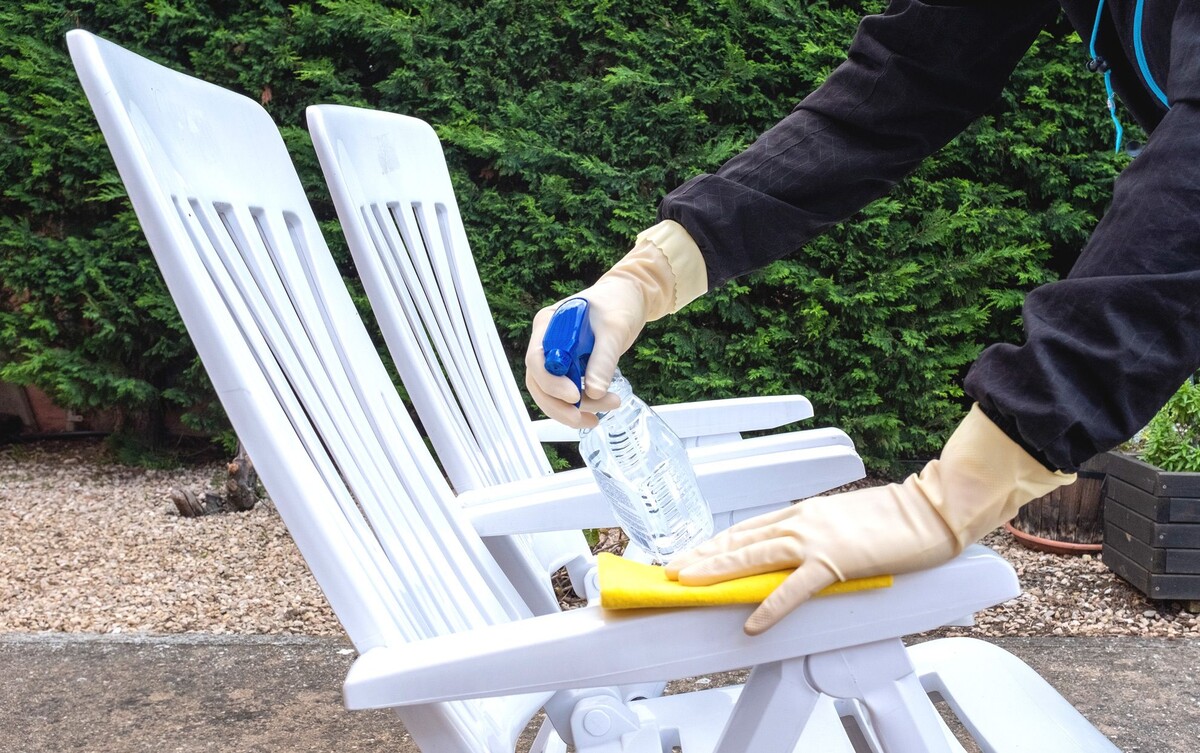
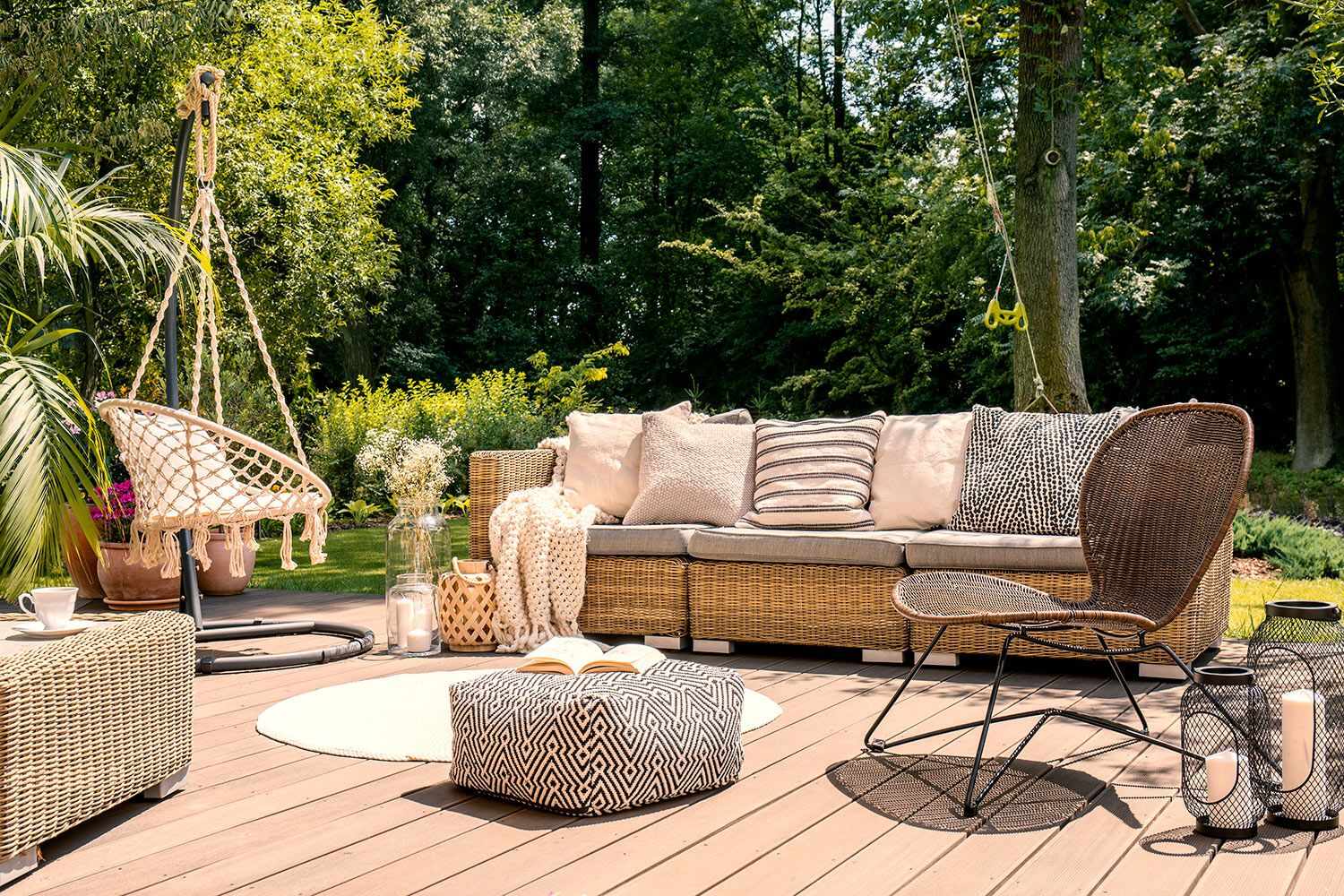
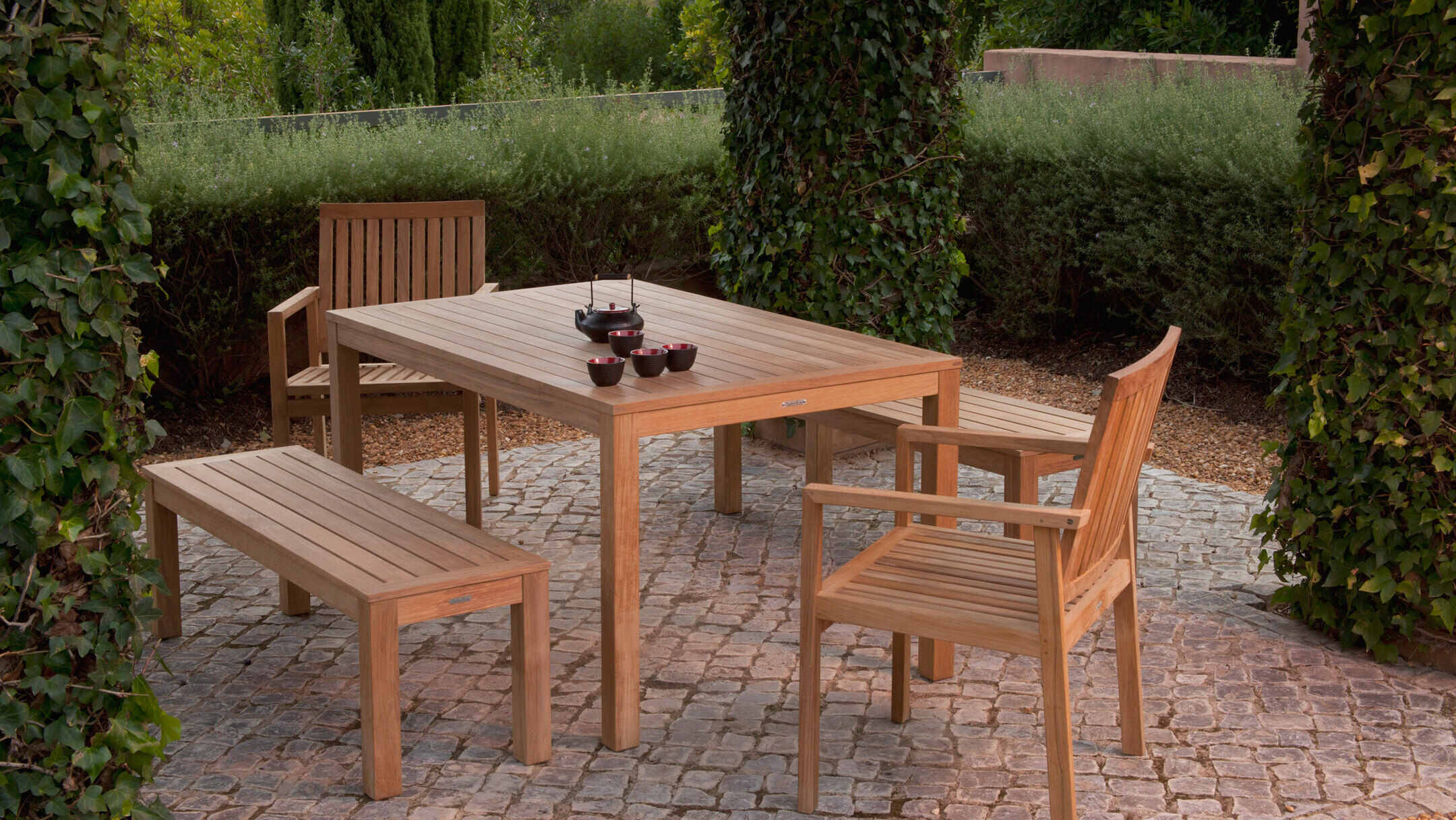
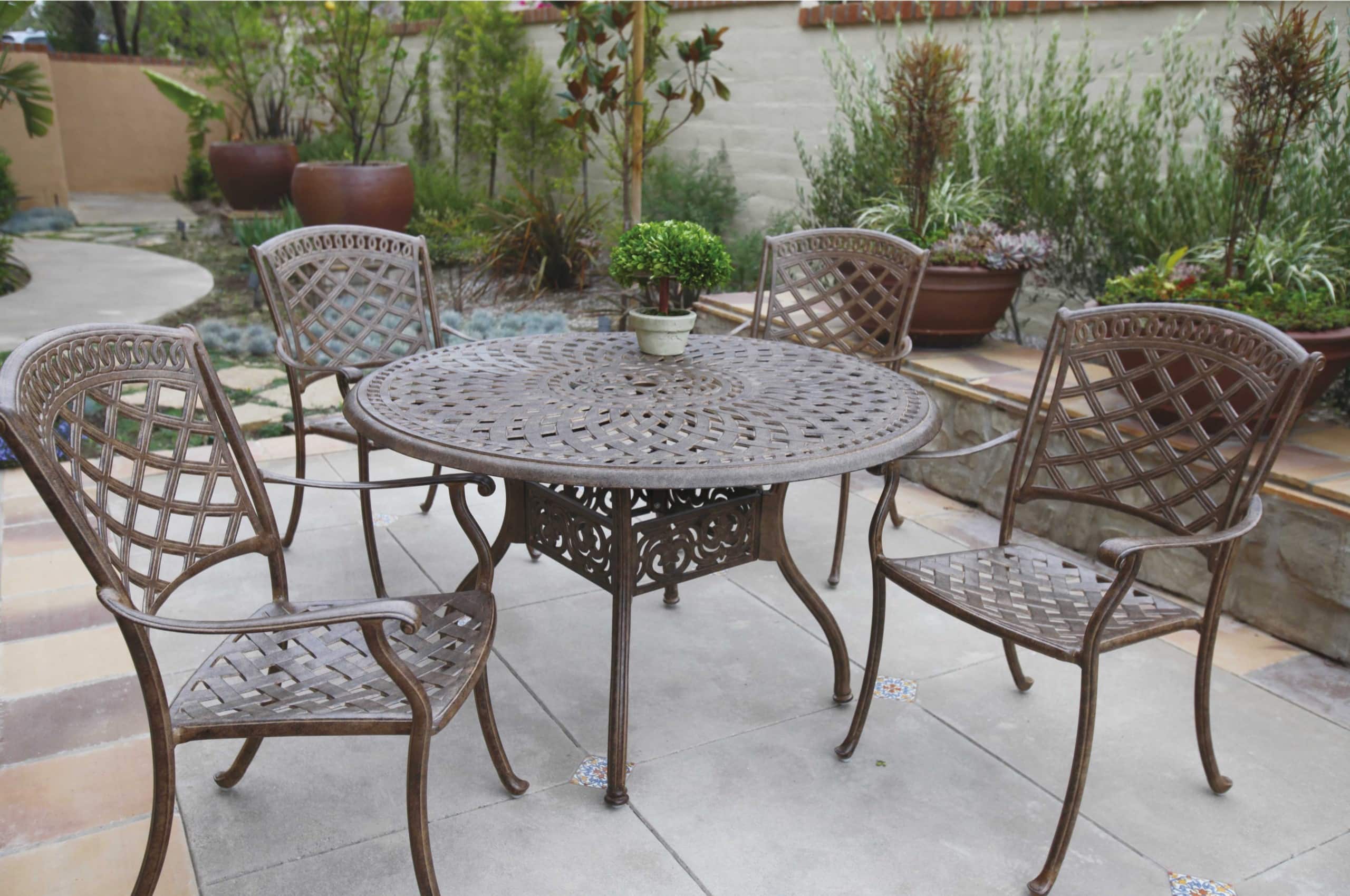
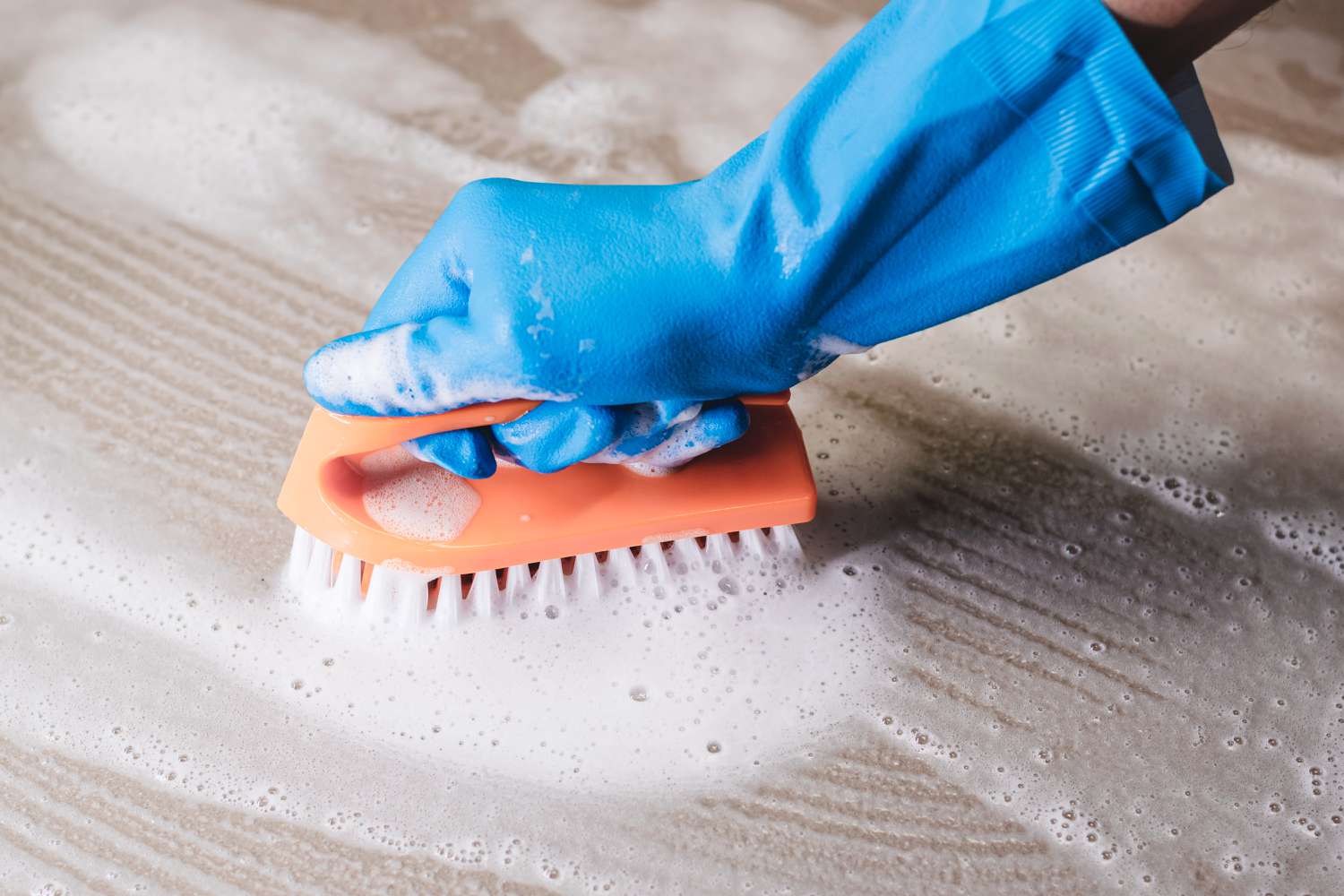
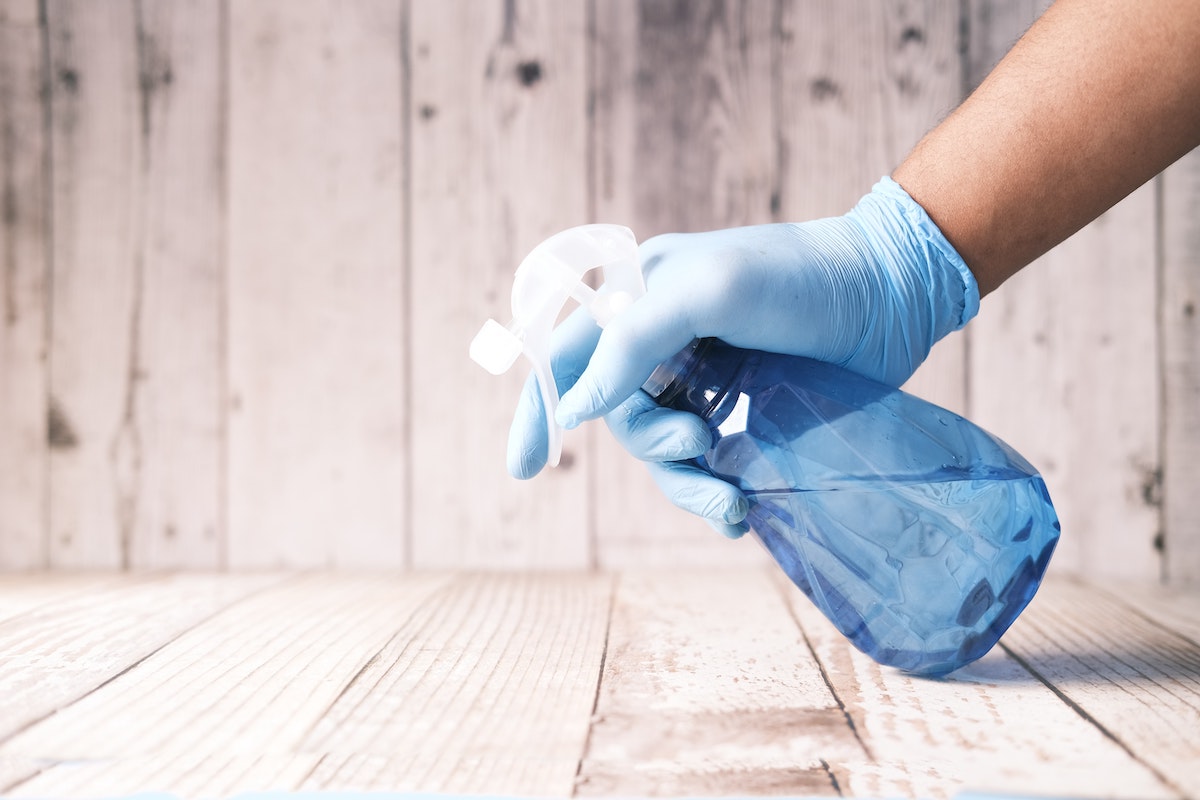
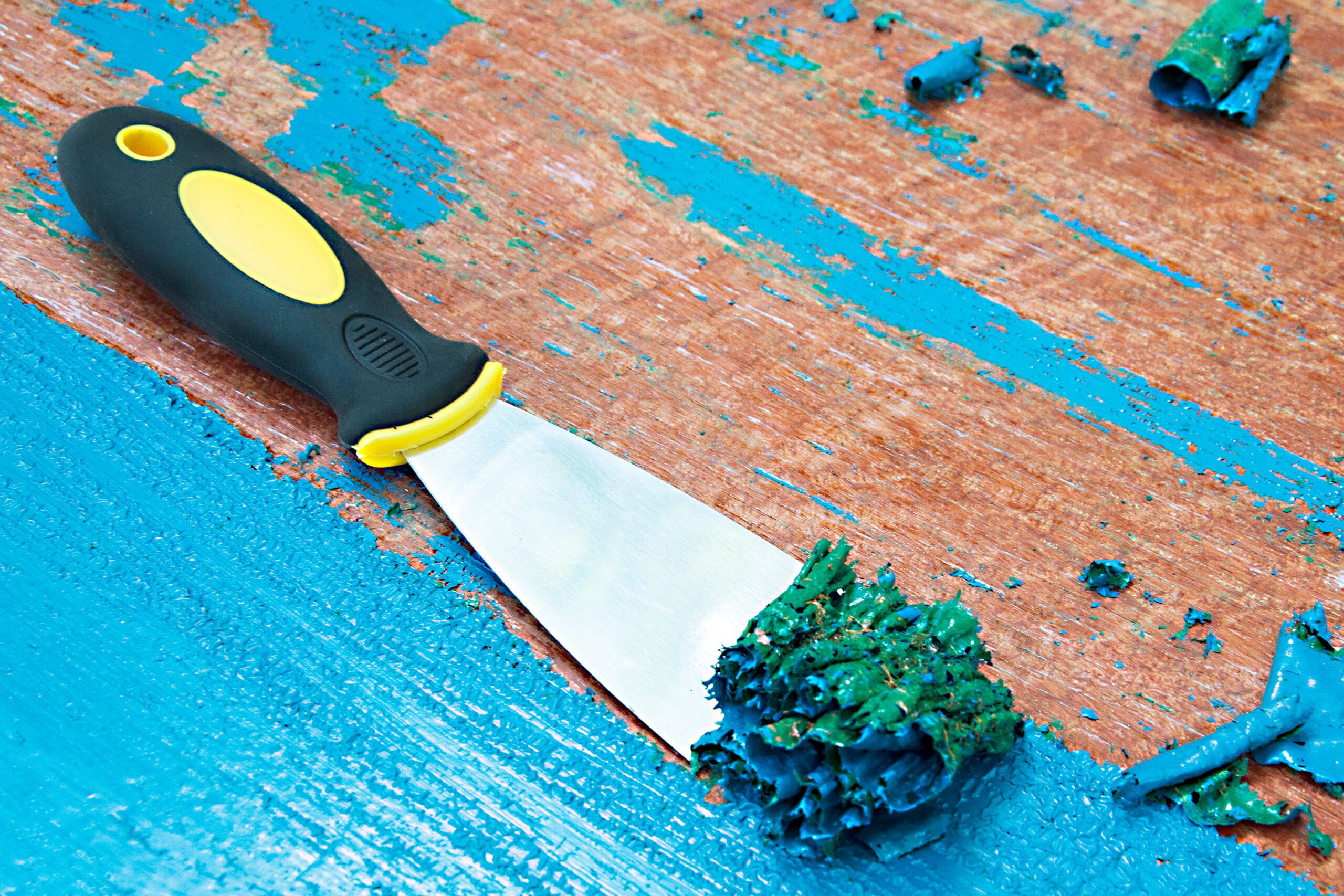
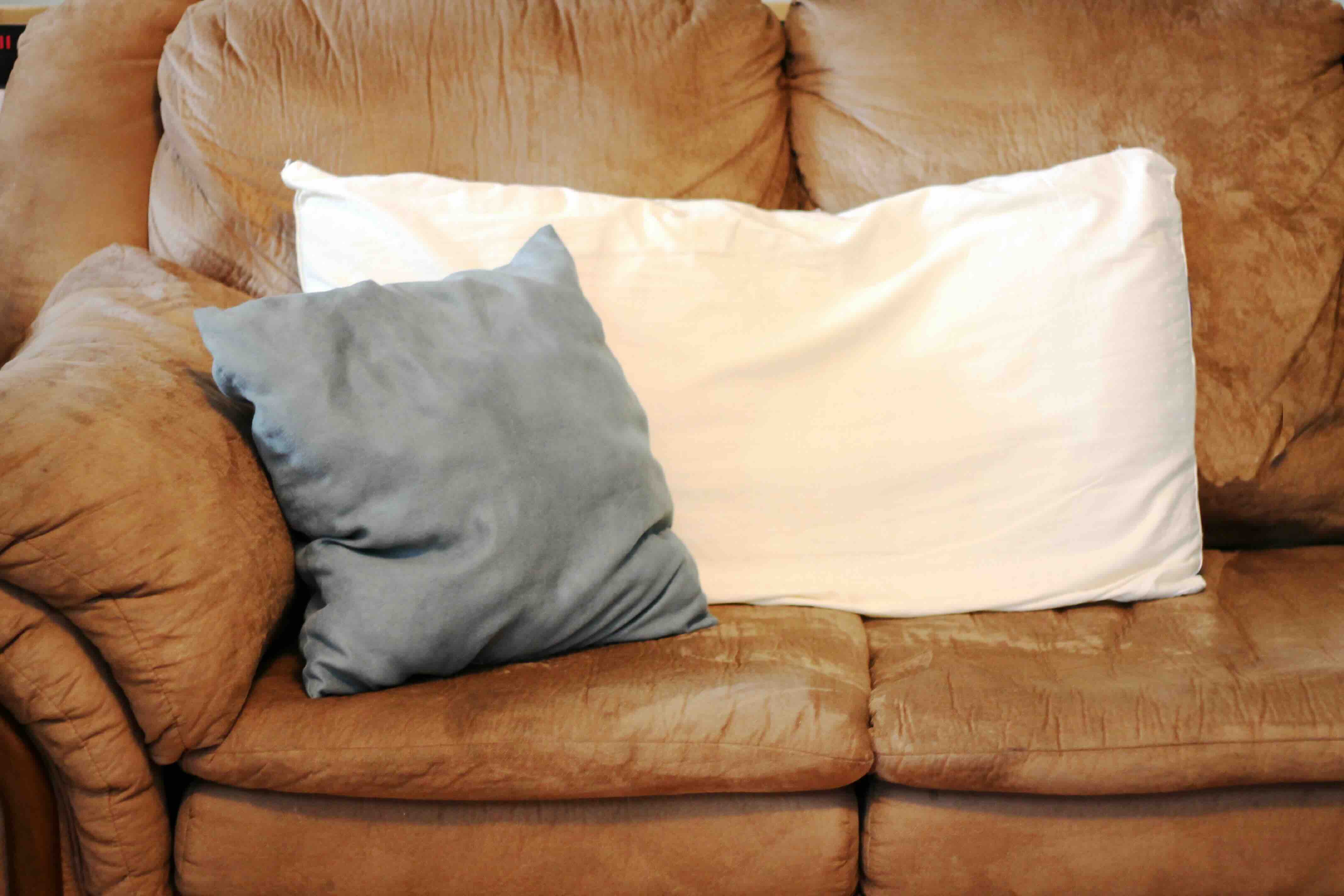
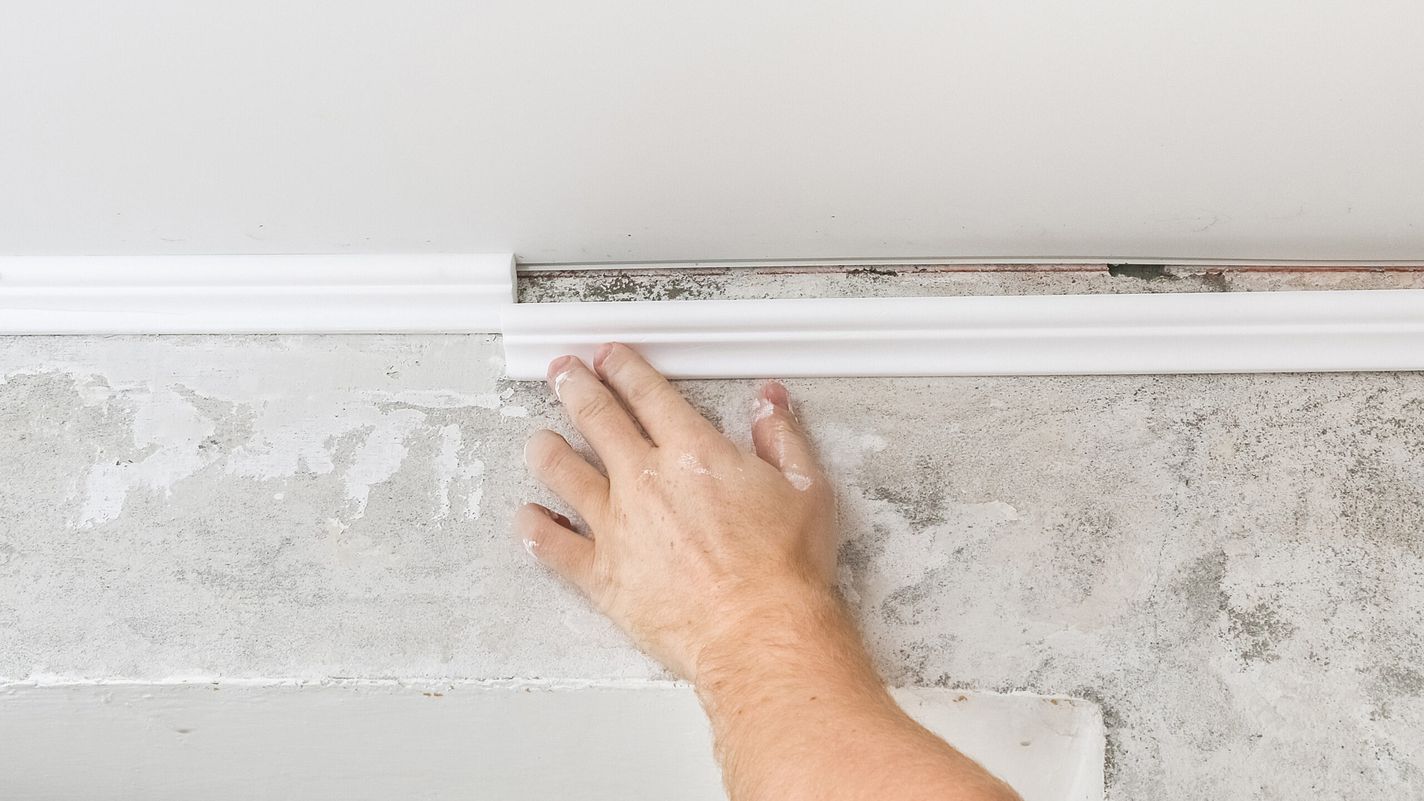
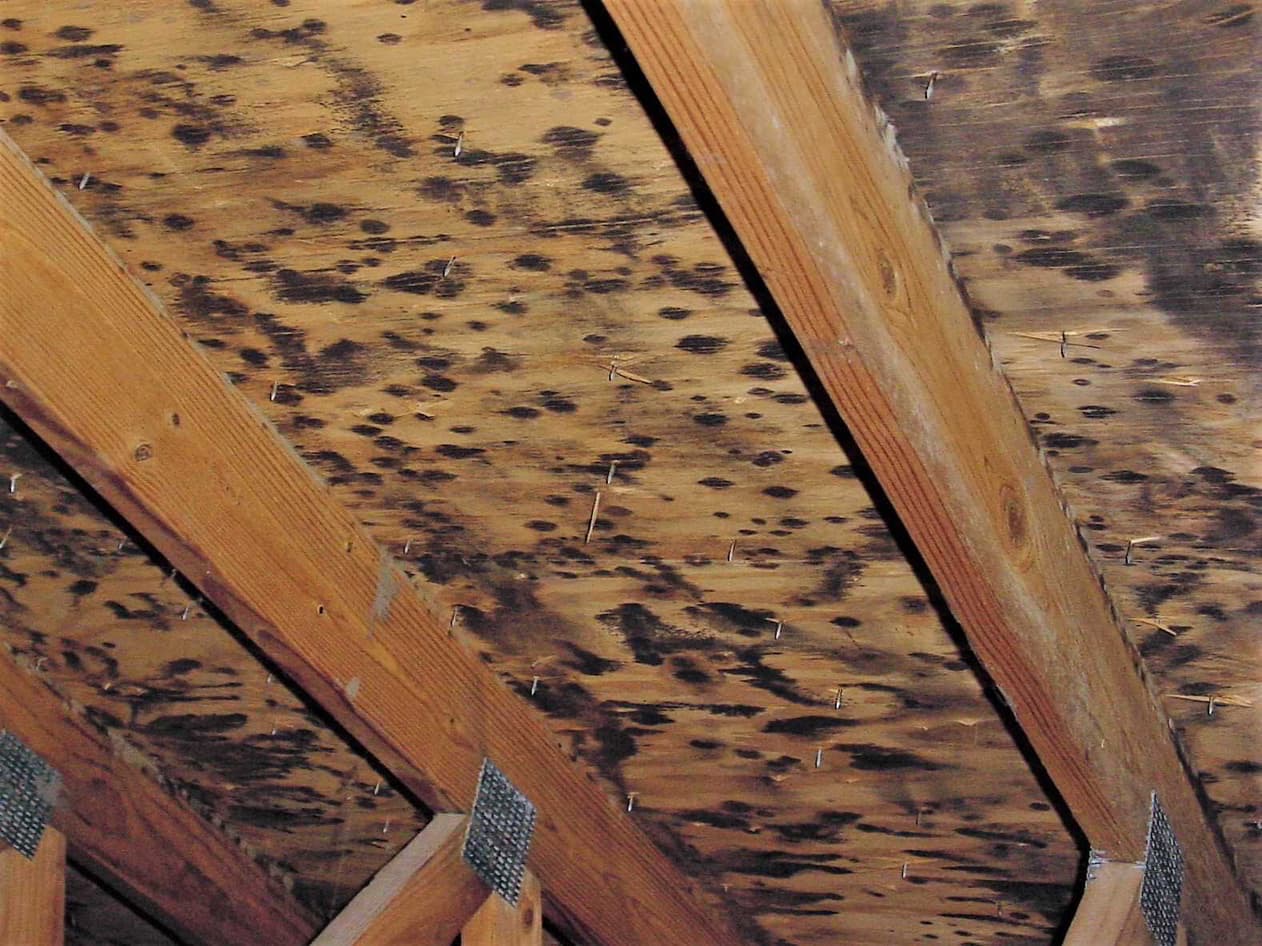
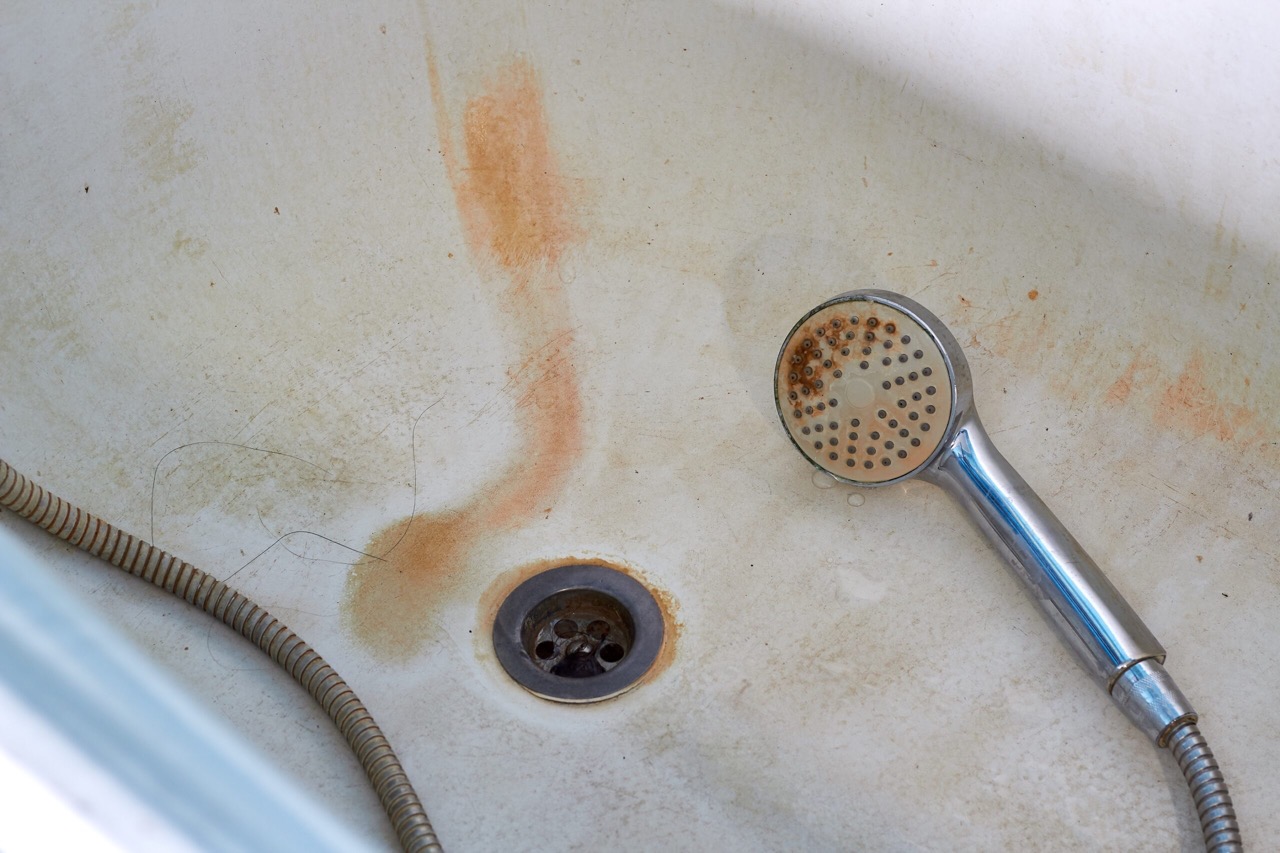
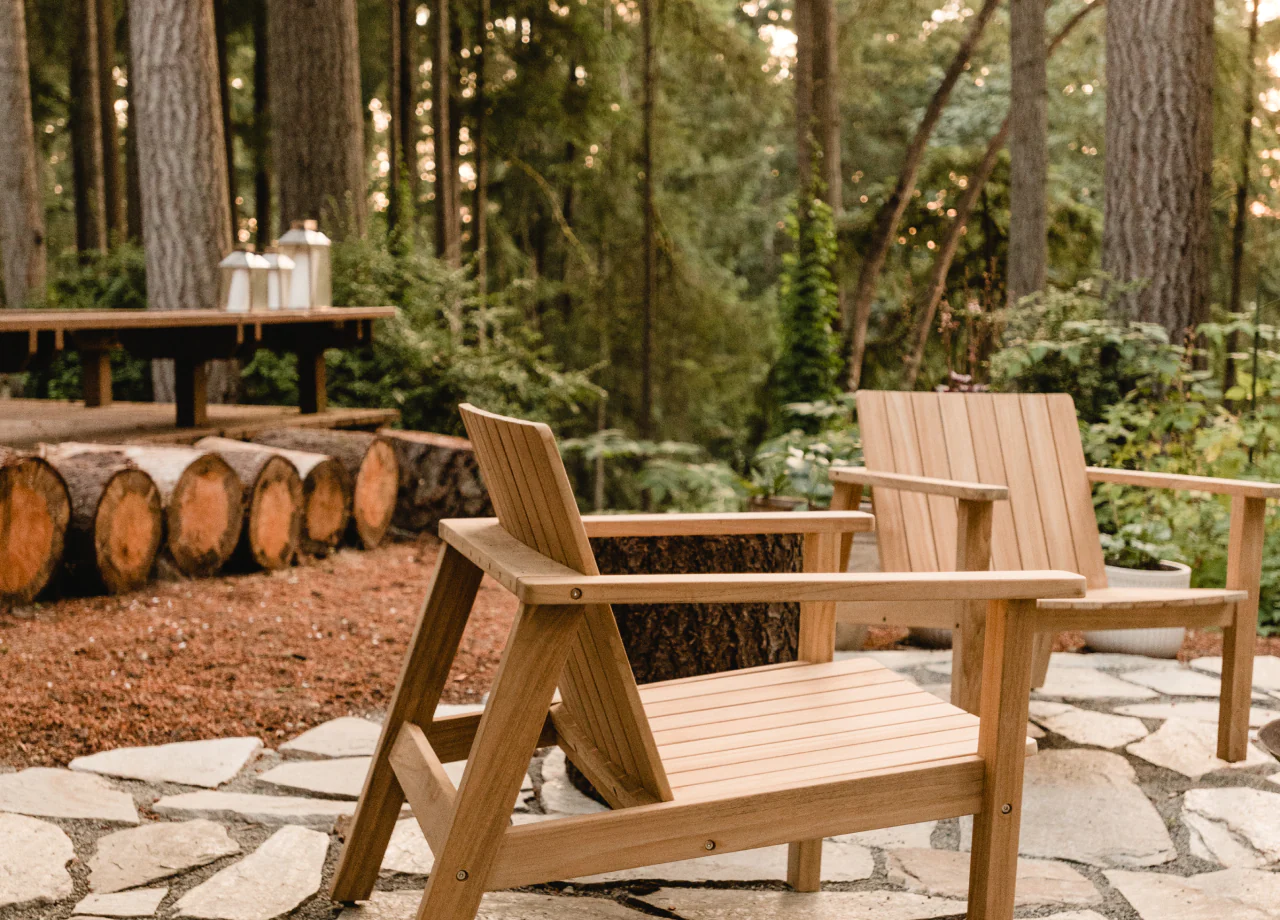

0 thoughts on “How To Remove Mold From Outdoor Wood Furniture”